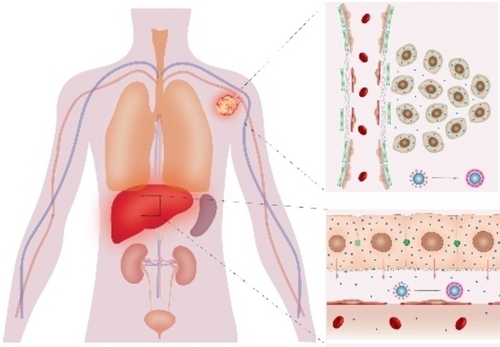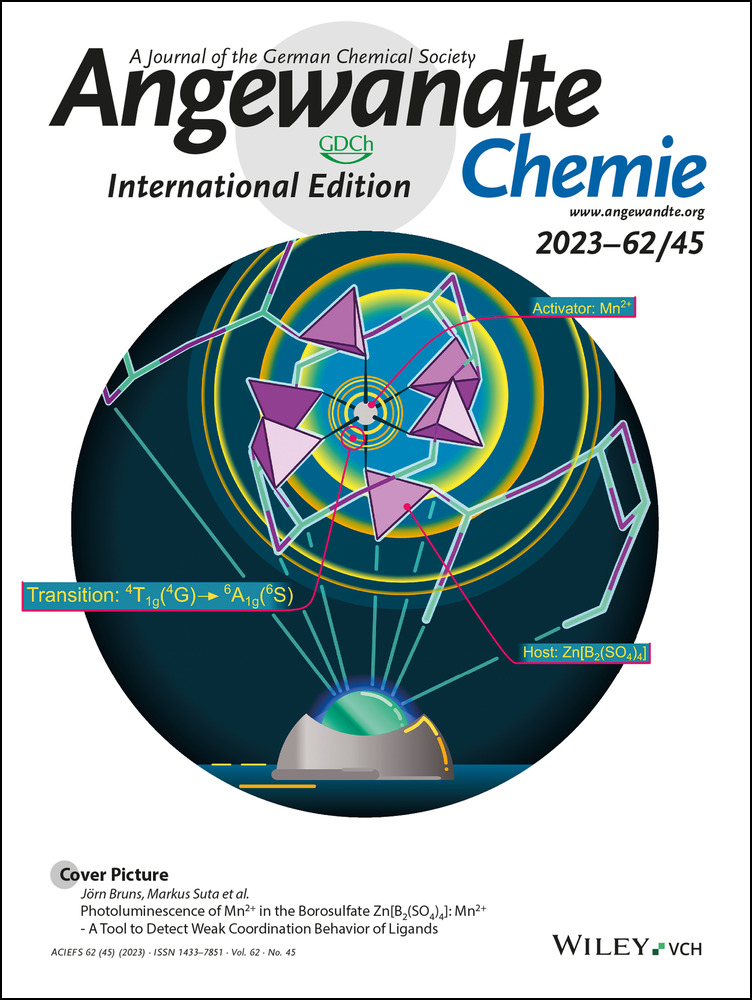Crosstalk between Hepatic Glutathione Efflux and Tumor Targeting Efficiency of Indocyanine Green-Conjugated Gold Nanoparticles
Graphical Abstract
Abstract
The elevated glutathione (GSH) level in solid tumors has been used as a major hallmark for GSH-responsive nanoparticles to enhance targeting efficiency and specificity. Meanwhile, GSH is mainly synthesized inside the hepatocytes of the liver in the body and constantly released into the blood through hepatic GSH efflux to regulate redox potential of the entire body. However, it remains largely unknown how this hepatic GSH efflux affects the tumor targeting of GSH-responsive nanoparticles. Herein, we report that depletion of hepatic GSH enhanced the tumor targeting of GSH-responsive indocyanine green-conjugated Au25 nanoclusters coated with 18 GSH ligand (ICG-Au25SG18). The dissociation of ICG from Au25SG18 by the hepatic GSH through thiol-exchange reaction and the subsequent hepatobiliary clearance of the detached ICG were slowed down by GSH depletion, which in turn prolonged the blood circulation of intact ICG-Au25SG18 and enhanced its tumor targeting. Our work highlights glutathione-mediated crosstalk between the liver and tumor, in addition to well-known Kupffer cell-mediated uptake, in the tumor targeting of engineered nanoparticles, which could be modulated to enhance targeting efficiency and specificity of cancer nanomedicines while reducing their nonspecific accumulation.
Conflict of interest
The authors declare no conflict of interest.
Open Research
Data Availability Statement
The data that support the findings of this study are available from the corresponding author upon reasonable request.





